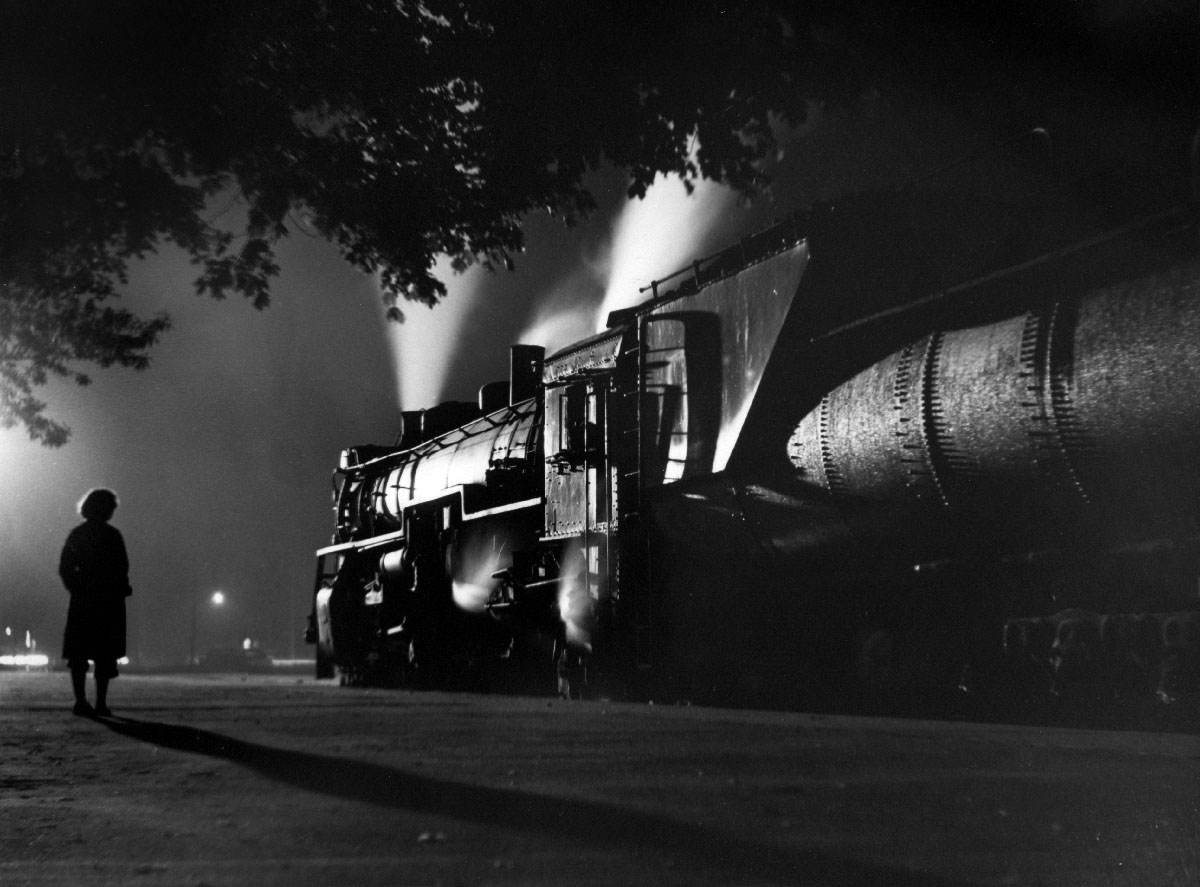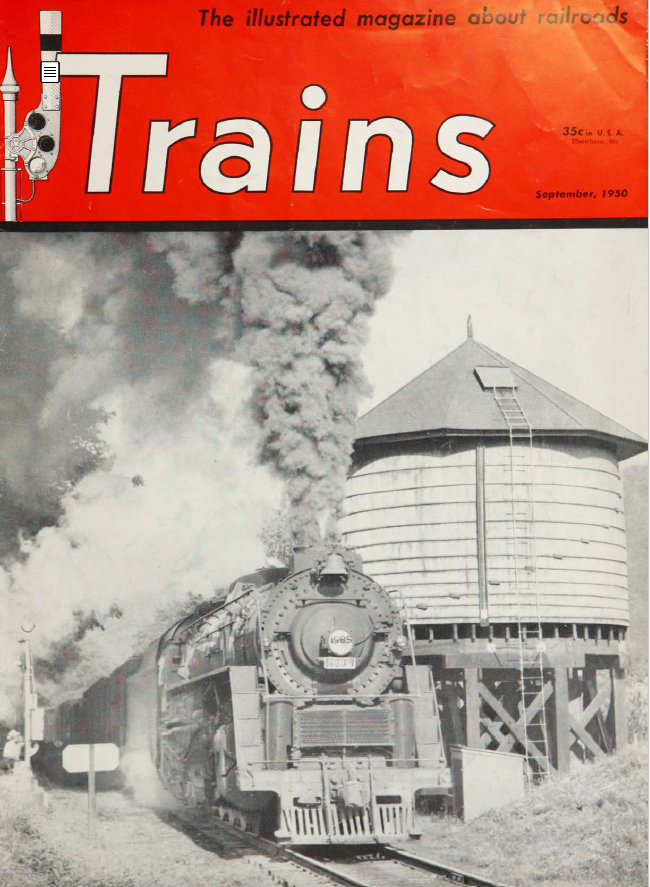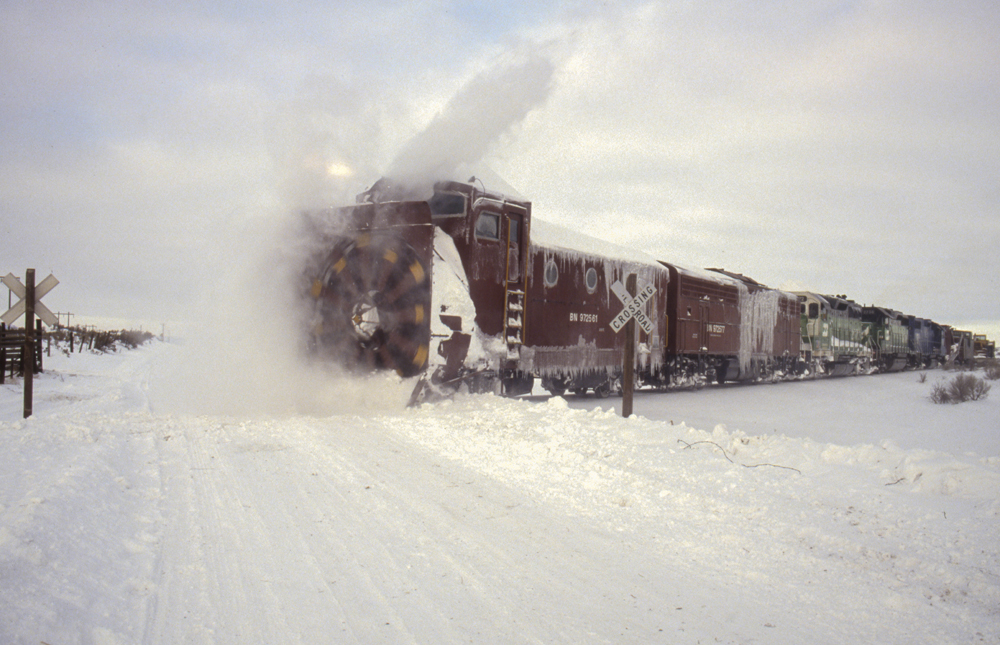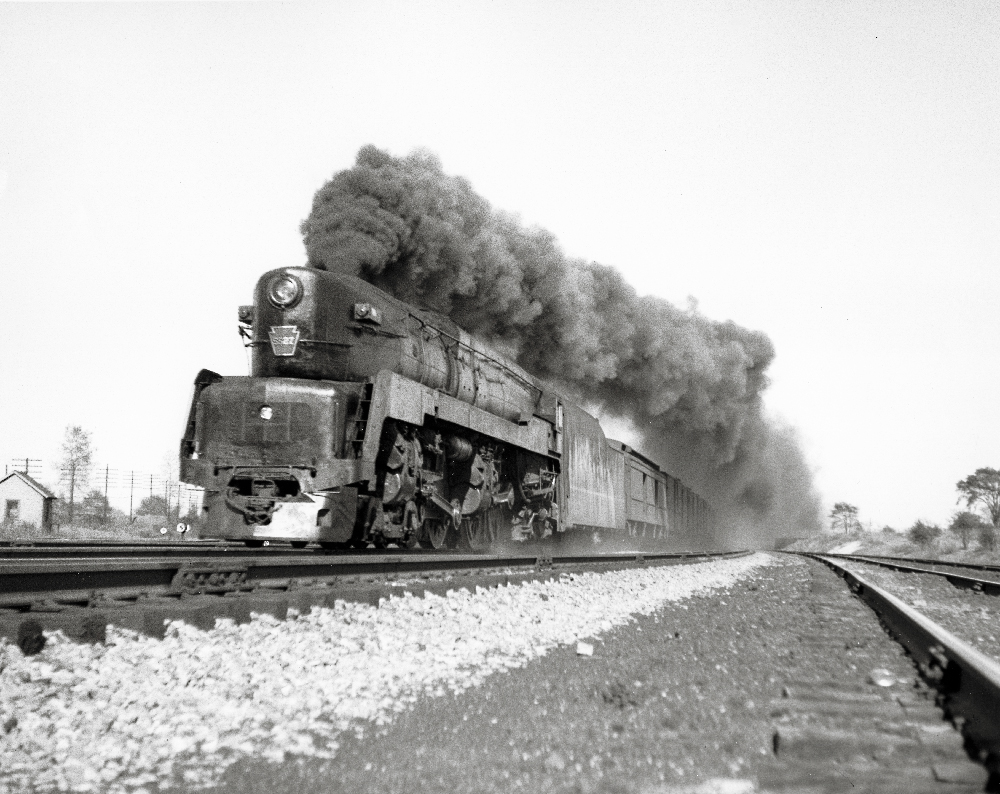Hot stove
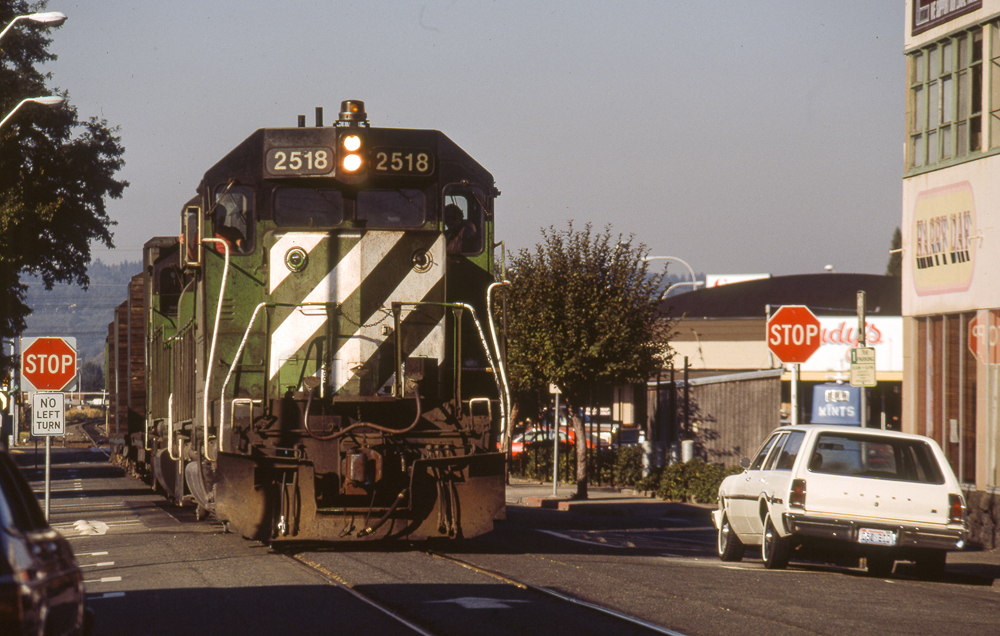
On the day after Thanksgiving of 1981, the crew desk called me as the conductor to dog catch the North Bend local. We went on duty at Burlington Northern’s Stacy Street Yard in Seattle, a former Northern Pacific Terminal, located south of downtown and a couple blocks west of today’s Lumen Field (Seahawks) and T-Mobile Park (Mariners).
While we were reviewing the paperwork, the trainmaster showed up and handed me five 1-gallon milk jugs and told us what happened the day before. The crew on the North Bend local had run out of stove oil to heat the caboose on the way to North Bend, thus having no heat. A call was made by management to have a fuel truck meet the crew at the depot in North Bend. While waiting, the crew went about their work, switching the interchange at the Weyerhaeuser’s Snoqualmie Lumber mill, when they finished the mill work, they parked the power and caboose at the depot and went to lunch.
The fuel truck showed up while (of course) the crew was still at lunch and could not find the crew for fueling instructions, so he left to enjoy the rest of the holiday. Because the caboose did not have any fuel for heat. Management made a call to send the crew home in a taxi.
The trainmaster then said, “Stop by the car shop to get 5 gallons of stove oil from the Carman.” I would soon learn about how diesel oil stoves work.
After loading our grips and the oil in the taxi, we headed for the depot at North Bend, where we found the locomotives and caboose. We departed east for Tanner, the old connection with the Milwaukee Road Everett line. I busied myself with pouring 5-gallons of oil into the caboose stove tank, with a tank that held 40 gallons, my measly 5-gallons only coated the bottom of the tank. In addition to the lumber mill loads, someone with a higher pay grade had decided it was time to pull all the box cars from long-term storage.
I called the dispatcher and said the engineer felt we might not make the 2.2% grade to Cedar Falls; with the weather and number of cars it was going to be problem. We had over sixty-five cars with two GP9s. I was told to try it.
Departing Tanner, we started up the grade for Cedar Falls. Cedar Falls was the connection with the former transcontinental Milwaukee Road main line. The BN had obtained trackage rights over the Milwaukee after the BN line to the mill was abandoned east of Issaquah. The bridges on the old Seattle, Lake Shore & Eastern (NP) between Issaquah and Snoqualmie had been condemned, so we used the Milwaukee tracks between Renton and Cedar Falls. After the embargo, the BN received ownership of the tracks and continued to operate over them to reach the mill at Snoqualmie.
I had the brakemen stay on the power, without working heat I would endure the cold caboose by myself. The stove oil was not reaching the stove leaving me without heat. I ended up draining the oil back into the milk jugs, then pouring it in the stove from the top, putting a little bit in and lit it with fusee. That worked. Soon the caboose was a little too toasty, turning the stove cherry red. I had to stand on the rear platform to cool off. After a bit I went back in, and the stove was cooling, adding more oil to keep it going. The rest of the day was too hot, too cold, repeat.
Meanwhile the crew on the head end was having a battle of their own. The caboose ride started to get rough as the train reacted to the Geep’s wheels slipping. We stalled near Edgewick. I watched the shove back down the hill to Tanner. I called the dispatcher again and told him we stalled on the Hill. He asked what the problem was, I replied, “Listen to this.” I held the phone up to the tin roof of the lineside phone booth. He said, “Good grief, what’s that?” I replied, “The weather.” At this point we were being pelted with good sized hail.
The Chief Dispatcher made the decision to leave the storage cars behind and only take the loads. As I walked the train, the list the other conductor made became a useless sopping mess. I ended up banging on cars to hear if they sounded like a load or an empty.
With the empties set out we started up the grade again, it was much better the second time. As we traveled west through Maple Valley the dispatcher called and told me to tie down the train at Renton, they would call another crew.
Being a new conductor I had pride in my abilities, and I think my co-workers would agree I was a bit stubborn. I told the dispatcher we could make it back home to Stacy Street if he lined us up. Then I sat there with my fingers crossed. We made it to Spokane Street tower just a block from Stacy, close enough for a yard crew to drag us in.
Check out previous column, “An engineer’s life: The borrow out.”






